The Arts
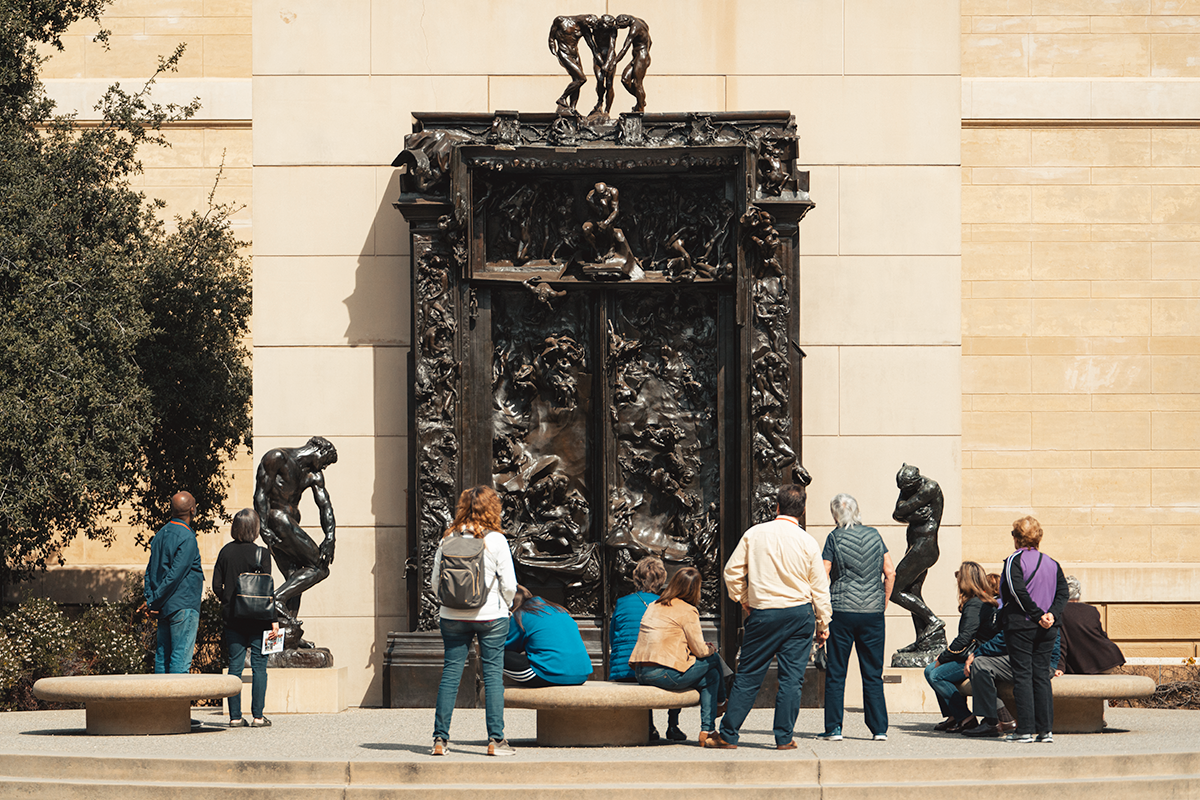
The arts are integral to a Stanford education and to what Stanford offers the community and the world. The campus is home to two art museums, several smaller galleries and multiple performance venues, as well as departmental programs in art and art history, creative writing, dance, film and media studies, music, and theater and performance. An array of student performance groups and outdoor art make the campus a rich environment for art, artists and audiences. Visit the Stanford Arts website for more information.

Anderson Collection at Stanford University
The Anderson Collection opened in 2014 and features modern and contemporary American art representing Abstract Expressionism, Bay Area Figuration, Color Field Painting and more. Artists include Richard Diebenkorn, Helen Frankenthaler, Joan Mitchell and Jackson Pollock.
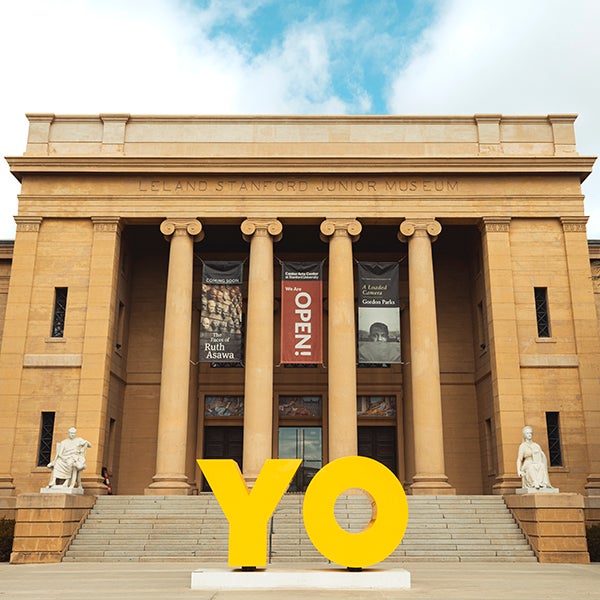
Cantor Arts Center
Founded in 1891, the historic museum was renamed in 1999 for lead donors Iris and B. Gerald Cantor and is now commonly known as the Cantor Arts Center. The encylopedic collection spans 5,000 years and includes more than 40,000 works of art from around the globe. Its 24 galleries and multiple special exhibitions and programs each year spark interdisciplinary conversations about critical issues. It is one of the most visited university art museums in the country.
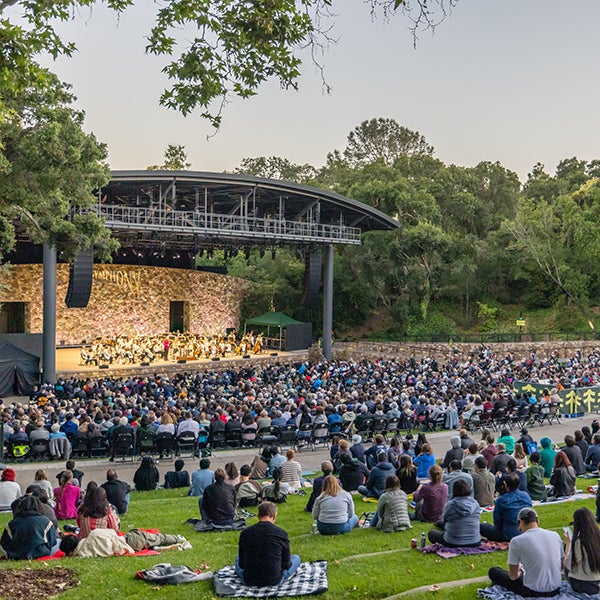
Bing Concert Hall, Frost Amphitheater, Roble Gym, Memorial and Dinkelspiel Auditoriums
Bing Concert Hall hosts music, dance and theater year-round, anchored by professional performances presented by Stanford Live. Frost Amphitheater, which hosts Stanford Live performances and university events, seats up to 8,000 guests and is one of the largest outdoor venues on campus. Stanford’s largest indoor performance space is Memorial Auditorium, which presents the university’s largest musicals, dance performances and notable speakers. Roble Gymnasium is home to the Department of Theater and Performance Studies, and includes a dance studio and the Harry J. Elam, Jr. Theater. Dinkelspiel Auditorium serves the Department of Music and the rest of the university for large performances, lectures, symposia and rehearsals.
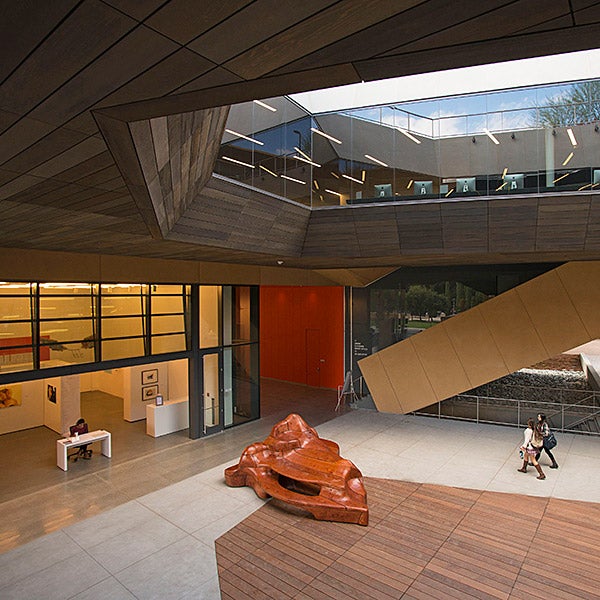
Coulter Art Gallery, Mohr Student Gallery and Stanford Art Gallery
The Department of Art and Art History manages three public galleries on campus. Coulter Art Gallery and Mohr Student Gallery are located in the McMurtry Building, an interdisciplinary hub and home for the department that fosters interaction and collaboration among students and faculty, and supports the integration of the arts into university life. The department’s third exhibition space is the historic Stanford Art Gallery on Lasuen Mall, a gift to the university from Leland Stanford Sr.’s younger brother, Thomas, and the keystone building of the university’s second quadrangle in 1917.
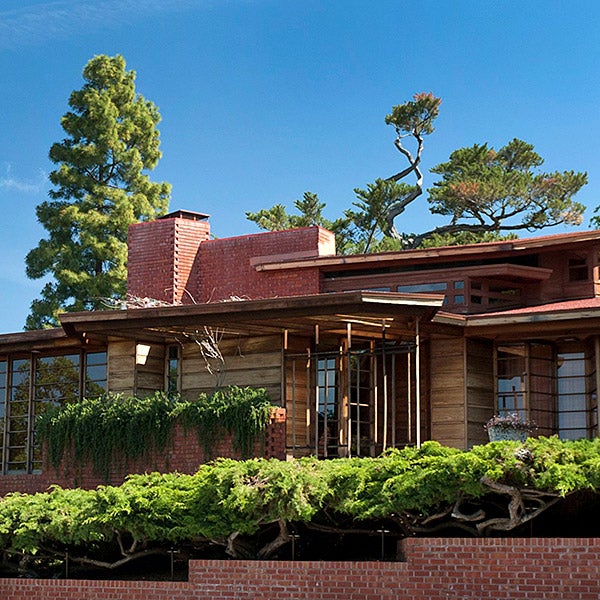
Campus Architecture
Located just beyond stately Palm Drive and the Oval, Stanford’s 17-acre Quad is the oldest part of campus and the heart of the university. Its arches and walkways inspired the modern design of the nearby Science and Engineering Quad. Other notable campus buildings include the James H. Clark Center for interdisciplinary research, Stanford Law School’s Neukom Building, Hoover Tower, the Bass Biology Building and the recently renovated Sapp Center for Science Teaching and Learning, originally the chemistry building dating to 1903. The architecture of Bing Concert Hall, the Anderson Collection at Stanford University and the McMurtry Building for the Department of Art and Art History celebrates and supports the arts at Stanford. Stanford’s Central Energy Facility has won numerous design and environmental awards since its completion in 2015.
Frank Lloyd Wright’s Hanna House was built in 1937. Its unique design is based on hexagonal geometry, with no right angles in the floor plan. Hanna House is typically open twice a year for public tours through the Stanford Historical Society.
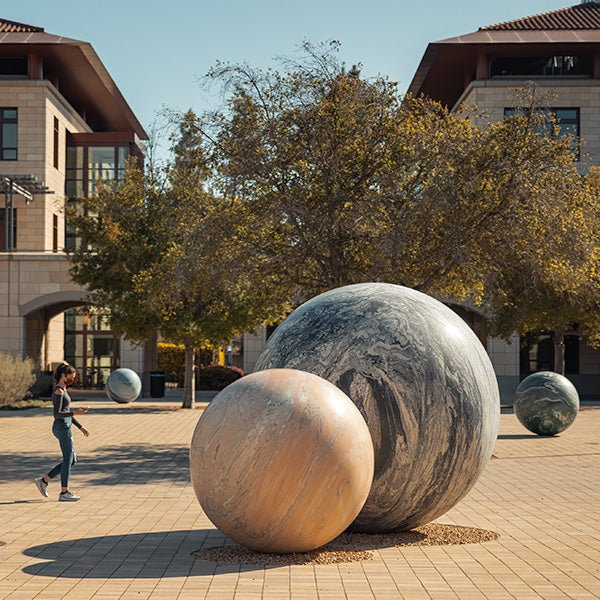
Outdoor Art and the Arboretum
From Papua New Guinea sculptures and Alexander Calder’s The Falcon on the south side of campus to Peter Wegner’s site-specific works at the Graduate School of Business to Alicja Kwade’s stone sphere installation in the Science and Engineering Quad, there are more than 85 works of outdoor art on the Stanford campus. The arboretum includes the Stanford family mausoleum, which holds the remains of Leland and Jane Stanford and their son; the Arizona Garden, which features cacti and succulents planted in the 1880s; and Andy Goldsworthy’s Stone River, a 320-foot sculpture constructed of sandstone from university buildings destroyed in the 1906 and 1989 earthquakes.